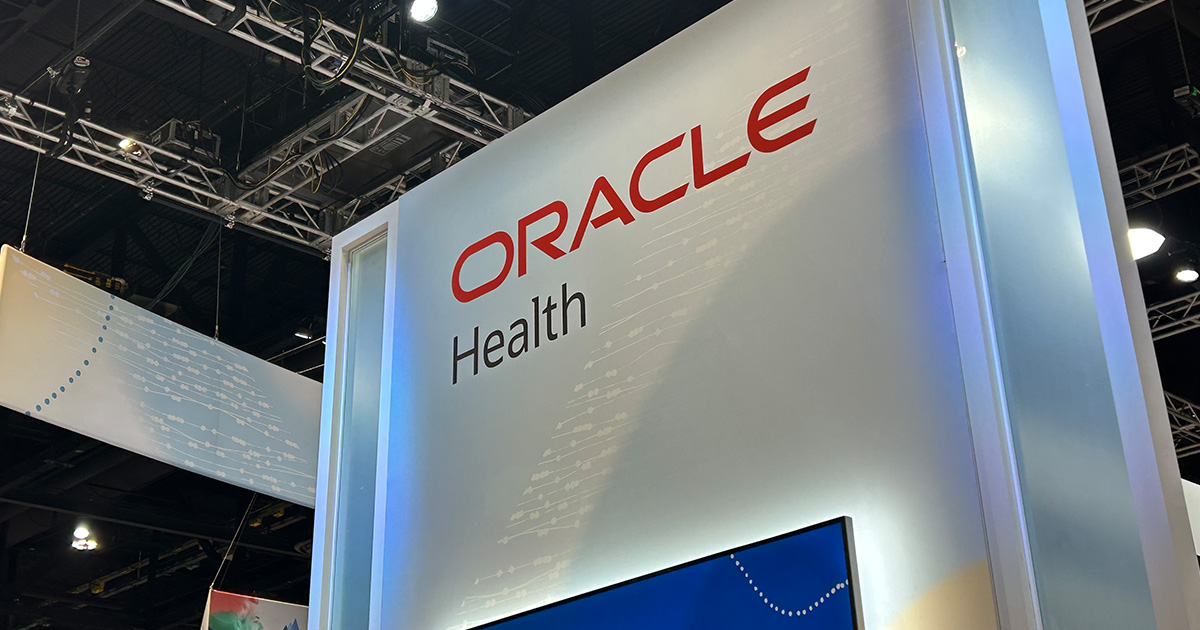An ongoing study that relays data from implantable cardiac devices directly into personal health records is showing very encouraging early returns.
[See also: PHR portal could improve chronic disease management]
It all started back in 2011 with another research project. The Office of the National Coordinator for Health IT awarded a Challenge Grant for a study examining consumer-mediated data exchange to Indiana Health Information Technology, then the Hoosier State's designated entity, and PHR developer NoMoreClipboard.
Working with Fort Wayne, Ind.-based Parkview Physicians Group as a pilot site, the project focused on 200 patients who'd undergone coronary revascularization (stent or bypass operations). Parkview helped each of them set up a NoMoreClipboard PHR account and gave them training on its use.
[See also: Patient portal mandate triggers anxiety]
Baseline lab tests were performed to capture patients' weight, blood pressure, lipid and HbA1c levels. A survey was also given by Parkview clinicians, based on the Patient Activation Measure, a tool developed by University of Oregon researchers that measures patient engagement.
The project "required significant modifications to workflow" and the addition of dedicated personnel, but officials say it was worth it – positioning the practice well for Stage 2 meaningful use's 5 percent patient engagement threshold.
"We did find in that initial pilots that the patients were more engaged," says Michael Mirro, MD, a cardiac electrophysiologist at Parkview Physicians Group and medical director at Parkview Research Center. Based on the Patient Activation Measure, "we found that those patients, if they used a PHR, were definitely more engaged than a control group."
Even better, "some of their data was improved," says Mirro. "We could demonstrate in that study that patients were more engaged in their care, but also that some of their intermediate outcomes were improved, such as their LDL cholesterol and hemoglobin A1c."
Encouraged by those results, Mirro – who's been using an EHR since the mid-1990s and serves on the health information technology committee for the American College of Cardiology – set his sights on a different project.
He convinced ONC to "peel off a segment of the funding" from the challenge grant to take a closer look at the challenges and opportunities of feeding patients data about their implantable cardiac devices.
Twenty patients with ICDs developed by St. Jude Medical signed on for a remote monitoring study that sends device data directly into their NoMoreClipboard PHR.
Aware that there was dissatisfaction among many pacemaker and defibrillator recipients about the level of information they're privy to regarding their device's operation, Mirro thought there would be a good opportunity to do a better job getting them this data.
As a devices are remotely monitored in a patient's home, "a modem near your phone would wirelessly interrogate the device and send information to a server that then pings a clinic."
Thanks to an IHE profile known as IDCO, which stands for implantable device cardiac observation, and "which is now an IEEE data standard to transmit structured data out of an implantable device – a pacemaker or defibrillator – directly into an electronic health record," Mirro's patients were streamed critical data about their devices' functionality.
Devices were monitored at home by a modem which then sent data to a proprietary server at St. Jude Medical, said Mirro. "The data that's in the server then goes directly, using that IEEE profile, to the HIE, then goes to Cloverleaf (Infor's integration engine) in our health system, then to the MIE Webchart EHR and NoMoreClipboard PHR simultaneously."
By deploying data filters – "there are, like, 450 data elements" – the process can break it down to very easily understandable profile the patient can understand."
The initiative tells patients four basic but critically important things about their devices, says Mirro: "What their battery life is, how many months their device has; whether their pacing lead is intact – it gives actual electrical resistance, but explains what it is; it tells if the shocking leads are ok; and it lets them know if they've had any life-threatening arrhythmias that need treating."
In other words, "if thought something happened to you last night – you woke up and thought you got shocked – you could go to your computer, log onto your PHR and find out," he says. "You don't have to call the clinic and have them go into the server and find it and construct a message to you. With the IEEE profile, it's not only machine readable it's human readable information."
Patients who'd like a more detailed view of their device "can click and get the full report, with all the data elements, that tells them absolutely everything that's in their device."
The first phase of the project was so encouraging, Mirro says, that Parkview has embarked on a bigger phase, with 300 patients, working with Epic and its MyChart PHR.
"The patients are overwhelmingly excited about this," he says. "They say, 'This is amazing. I've always wanted to know more information about my device.'"
"Clinicians often tell us that tools like PHRs are a great idea for others, but their patient populations won't use these tools based on age, income or inability to use technology," said Jeff Donnell, president of NoMoreClipboard, in a statement upon the completion of the first phase of the PHR case study.
"Our experience with (Parkview) patients and with other clients who serve patients who supposedly reside on the wrong side of the digital divide tells a different story," he said.
Mirro, too, bristles at the notion that cardiac patients, most of whom are elderly, are not interested in engaging with technology at home.
"The stereotype is that they're not connected people – that's bull," he says. "Some of the assumptions about the over-65 age group and their connectivity are not true. With some minor training, they're very engaged."
Still, some clinicians were skeptical of the project when it began.
"The doctors were all very nervous about this: 'What do you mean, you're going to give patients their data directly?' says Mirro.
"Well, first of all, it's their data. But there were fears that maybe this would stimulate a lot of patient calls to the clinic. So far, that hasn't happened.
"Our hypothesis is if patients get this data directly they'll have fewer questions about their device and won't need to come to the clinic as often," he says. "I think it will benefit the healthcare system. I think patients will use less resources."
Meanwhile, Parkview is in discussion with other medical device manufacturers and other health IT vendors to broaden the scope of the project.
"We're planning on doing this with other device companies besides St. Jude," says Mirro. "My hope is to try to get a critical mass of EHR vendors."


